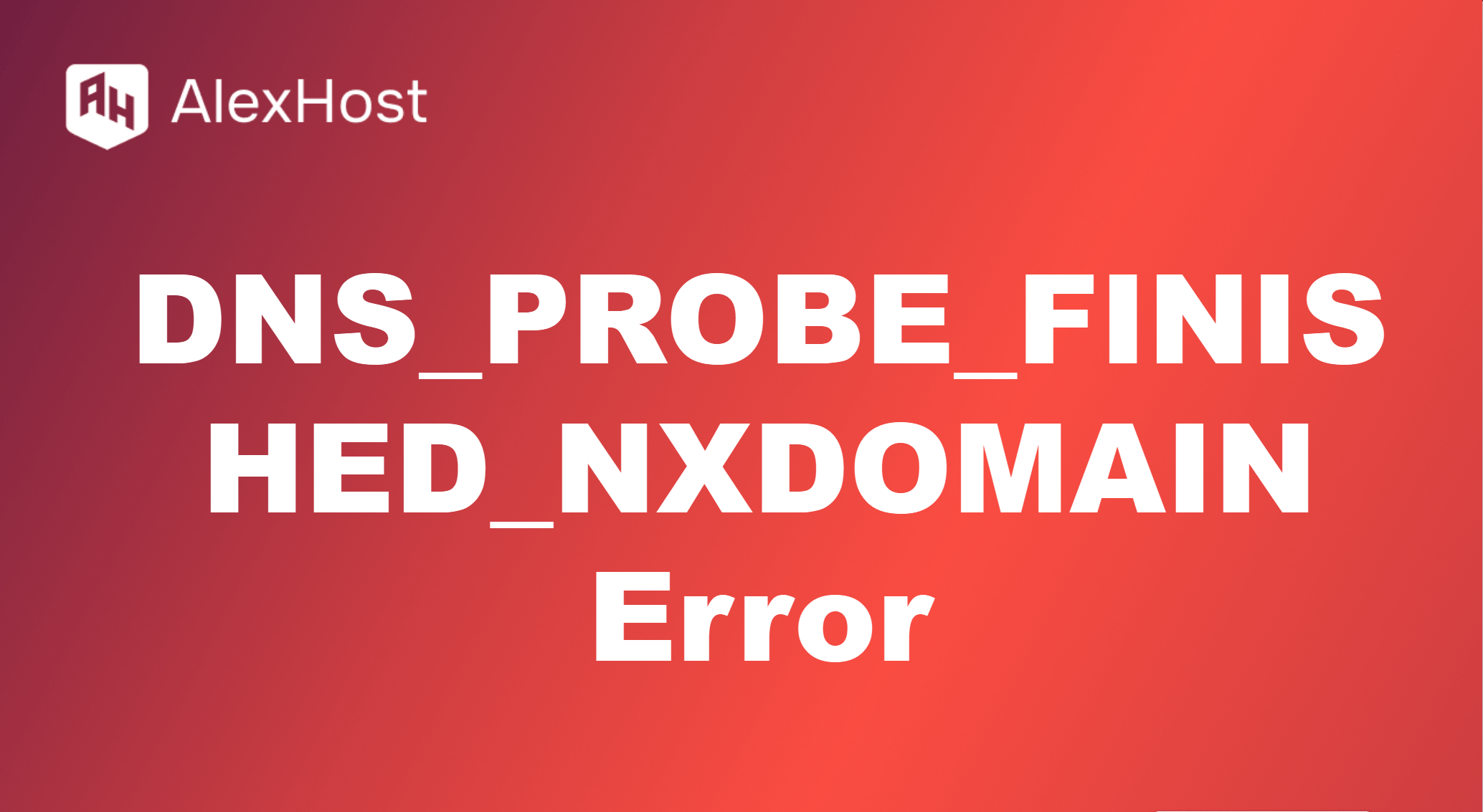Electronic Document Management (EDM)
Electronic Document Management (EDM) refers to the systematic process of managing, storing, and tracking electronic documents and images of paper-based information. EDM solutions help organizations streamline their document workflows, improve collaboration, and enhance productivity by digitizing and automating document handling. This article will provide an overview of EDM, its benefits, key features, and best practices for implementation.
For companies managing large volumes of documents, VPS hosting plays a critical role in supporting EDM solutions. By hosting their EDM software on a Virtual Private Server (VPS), organizations gain scalable resources and enhanced control over data security and accessibility. VPS hosting offers an isolated environment where businesses can store sensitive documents securely, with the flexibility to increase storage and processing power as document volume grows.
1. Understanding Electronic Document Management
EDM involves the use of technology to manage documents throughout their lifecycle, from creation and capture to storage, retrieval, sharing, and archiving. EDM systems are designed to facilitate easy access to documents while ensuring security and compliance with regulations. Web hosting plays a significant role in EDM systems, particularly for organizations that need web-based access to their document management solutions. Hosting an EDM platform on a reliable web hosting service allows for 24/7 access to documents from any location with internet connectivity, enabling teams to collaborate effectively and work remotely. Additionally, hosting services often provide essential security measures, including SSL certificates, firewalls, and regular backups, which are crucial for protecting sensitive documents and ensuring data integrity.
2. Key Features of EDM
2.1. Document Capture
- Scanning and Imaging: EDM systems can convert physical documents into digital formats through scanning or imaging, allowing for easy digital storage and retrieval.
- Data Extraction: Advanced EDM systems may include Optical Character Recognition (OCR) capabilities to extract text from scanned documents, making them searchable.
2.2. Document Storage and Organization
- Centralized Repository: EDM provides a centralized digital repository for storing documents, reducing the risk of loss and ensuring easy access.
- Folder Structure and Tagging: Users can organize documents using folder structures, tags, and metadata, facilitating efficient search and retrieval.
2.3. Workflow Automation
- Automated Routing: EDM systems can automate document routing for review, approval, or distribution, reducing manual processes and improving efficiency.
- Notifications and Alerts: Users receive notifications about pending tasks or deadlines, ensuring timely action on important documents.
2.4. Access Control and Security
- User Permissions: EDM systems allow administrators to set user permissions to control access to sensitive documents and information.
- Audit Trails: Many systems maintain detailed logs of document access and modifications, enhancing accountability and compliance.
2.5. Integration Capabilities
- Third-Party Integration: EDM solutions can integrate with other business applications (e.g., CRM, ERP, accounting software) to streamline workflows and improve data accuracy.
3. Benefits of Implementing EDM
- Increased Efficiency: Automating document handling reduces time spent on manual tasks and accelerates workflows.
- Cost Savings: Digital document management reduces physical storage costs and minimizes paper usage, leading to overall cost savings.
- Improved Collaboration: Easy access to documents fosters collaboration among team members, regardless of their location.
- Enhanced Security and Compliance: EDM systems provide security features that protect sensitive information and help organizations comply with regulatory requirements.
4. Best Practices for EDM Implementation
4.1. Assess Your Needs
Evaluate your organization’s specific document management needs, including the types of documents you handle, workflows, and compliance requirements.
4.2. Choose the Right Solution
Select an EDM solution that aligns with your organization’s needs, considering factors such as scalability, user-friendliness, and integration capabilities.
4.3. Establish Clear Policies
Develop clear policies for document management, including naming conventions, retention schedules, and access controls.
4.4. Train Employees
Provide training to employees on how to use the EDM system effectively, emphasizing best practices for document handling and security.
4.5. Monitor and Optimize
Regularly review your EDM processes and system performance to identify areas for improvement and ensure ongoing efficiency.
5. Conclusion
Electronic Document Management (EDM) is a powerful tool for organizations looking to enhance their document handling processes. By implementing an effective EDM system, businesses can improve efficiency, reduce costs, and ensure secure access to critical documents. Following best practices during implementation can maximize the benefits of EDM and support overall organizational goals.


